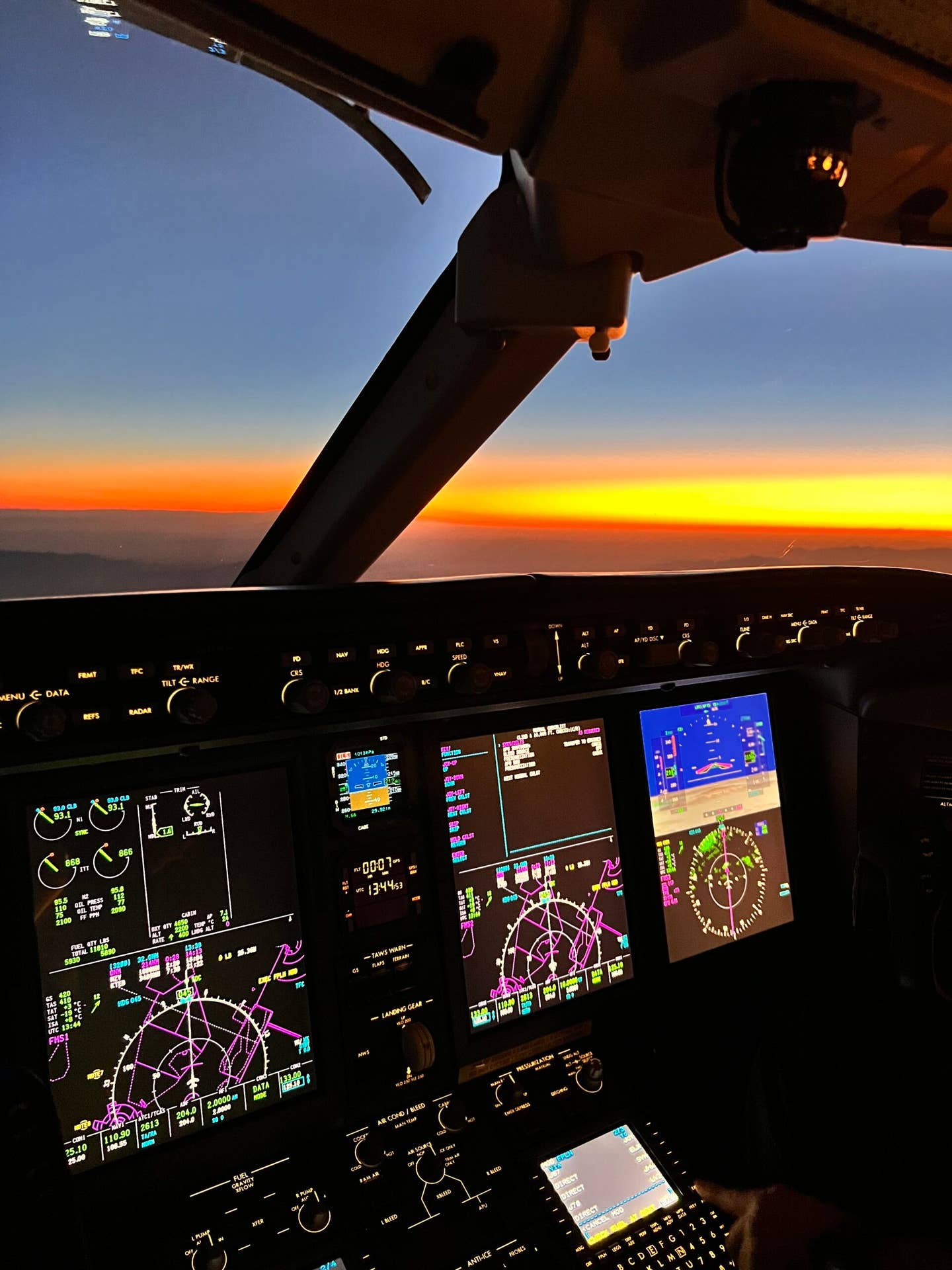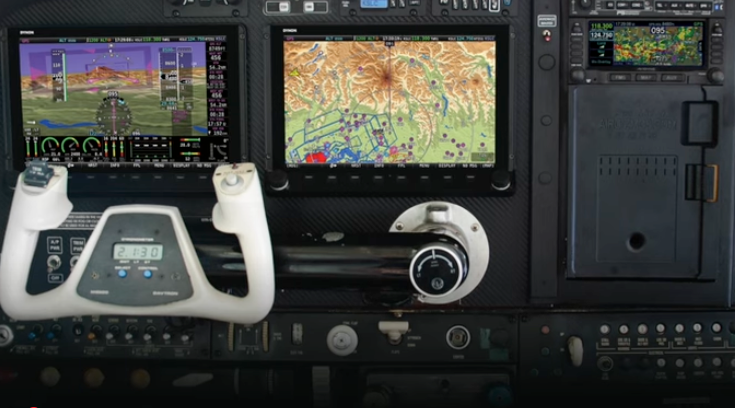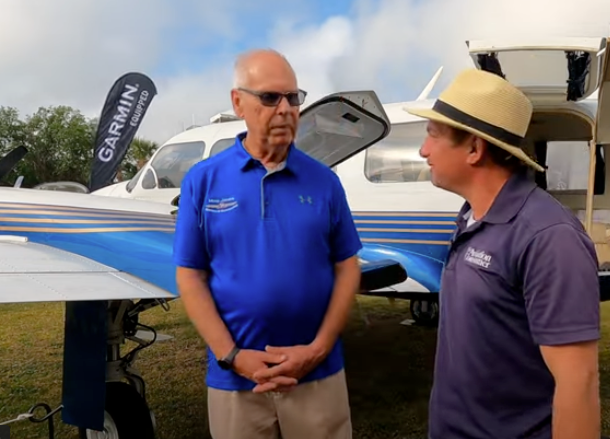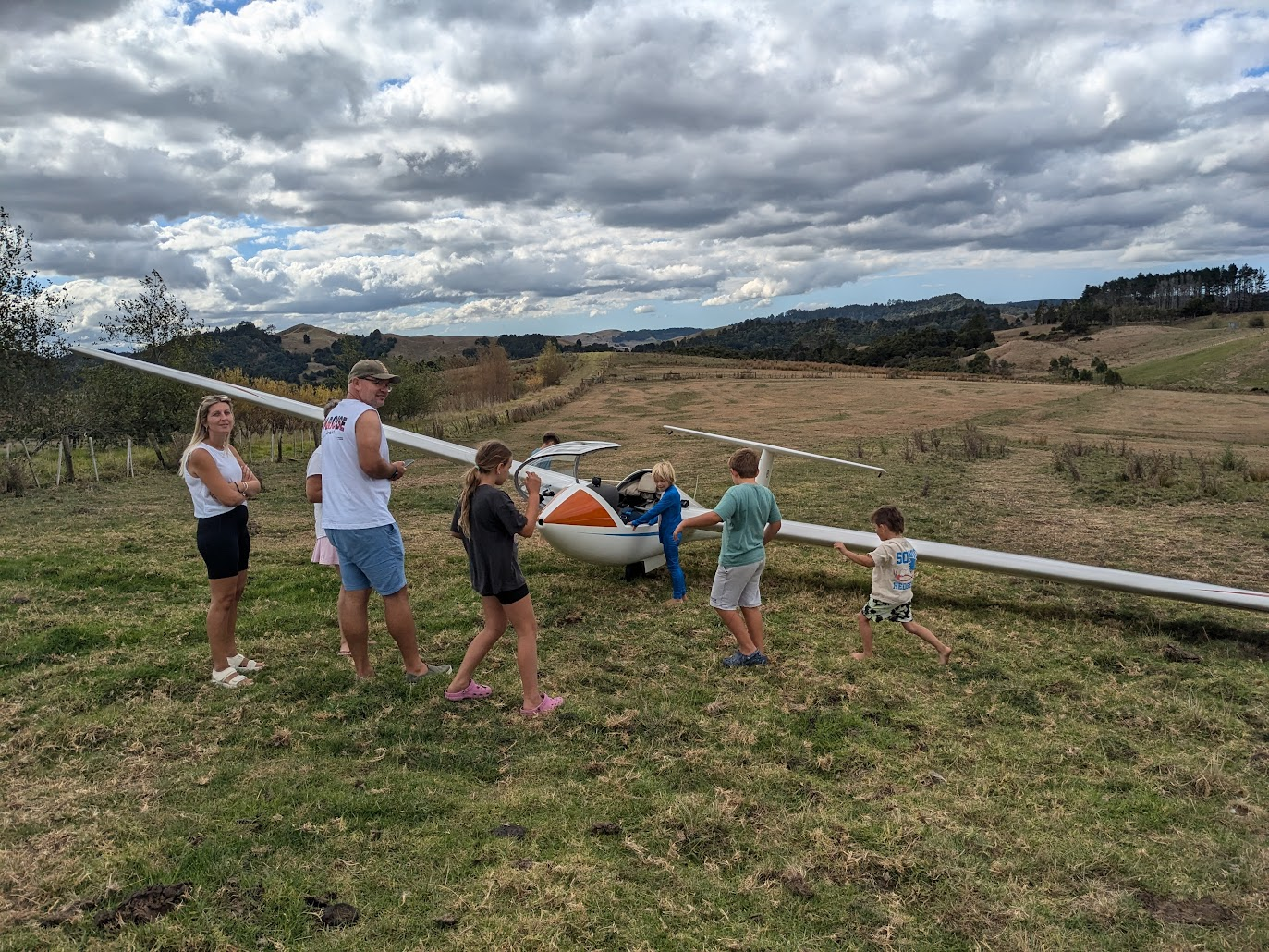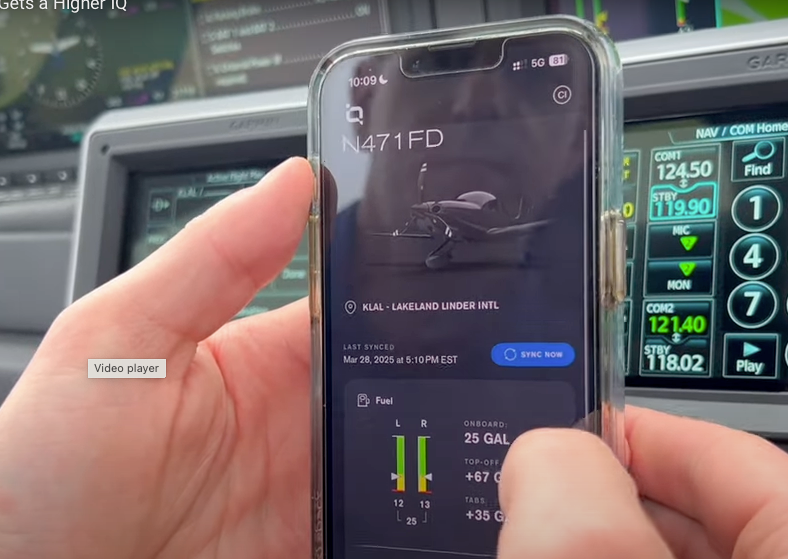Best Of The Web: An Engaged Crew Avoided Disaster At Austin
This week’s video, courtesy of VASAviation, is a brief and bright example of how things are not supposed to work, but sometimes do anyway. The setup is at Austin-Bergstrom airport…
This week’s video, courtesy of VASAviation, is a brief and bright example of how things are not supposed to work, but sometimes do anyway. The setup is at Austin-Bergstrom airport early Saturday morning (Feb. 4) in weather that was just barely flyable. The visibility was an eighth of a mile in freezing fog; what pilots and controllers call “RVR weather.” They don’t get a lot of that in Texas, but enough that Austin has CAT III capability.
As depicted in the video, a Southwest Airlines 737 was departing for Cancun from runway 18L. A FedEx 767 was on approach to the same runway and when he issued Southwest’s takeoff clearance, the controller informed the crew that FedEx was three miles out. It was, in fact, quite a bit closer. It being low weather, Southwest took its time getting lined up on the runway. Between the takeoff clearance and the 737 rolling, about 63 seconds elapsed. In that amount of time, the FedEx freighter, at 140 knots, covered about 2.3 miles, meaning at best, it was a half mile from the threshold—about 13 seconds out by a back-of-the-envelope estimate.
Perhaps sensing that the controller had shot too tight a gap, the FedEx pilots first asked if they were cleared to land and, a bit later, urgently, commanded the Southwest aircraft to abort its takeoff roll. Too late. Either the Southwest crew didn’t hear the command, didn’t understand it or were past V1 and unable to abort. The incident investigation will shed light on that.
That this wasn’t a major accident with substantial loss of life may have turned on pure luck—the luck of having pilots in the FedEx cockpit with superb situational awareness. And not everyone has that, at least not all the time. We await the CVR from the FedEx flight, if it becomes available. But consider what had to happen. First, the FedEx pilots had to understand that the tower controller’s plan was too tight, remind him that, “hey, you know we’re out here, right?” and then realize as they committed to the missed approach, they risked spearing the Southwest 737 as it got airborne and began the climb out, thus the urgent command for it to abort its takeoff run.
It's not supposed to work this way, obviously. ATC is on the hook for separation and that it’s guaranteed means that pilots aren’t supposed to have to worry about it. After all, if they’re in the clag and even though they can see traffic around them on ADS-B, at least in a rudimentary way, there’s no expectation that they should fly their own vectors or ask other airplanes to do so. In this case, fate had a couple of pilots with an exceptional ability to stay engaged and see the flick from the cockpit.
Judging from the tape, the controller, on the other hand, may have had no flick at all. In the moment, it didn't seem clear to him that FedEx had ordered the abort or that it hadn’t occurred. It may also not have occurred to the controller that in RVR weather, a three-mile gap isn’t close to being enough. At the end of the tape, the FedEx pilots get thanked for their professionalism—faint praise is better than no praise at all. Meanwhile, I suspect there are some passengers sipping Bloody Marias on the beach in Cancun who have no clue how close they came to an outcome we would all rather not think about.

